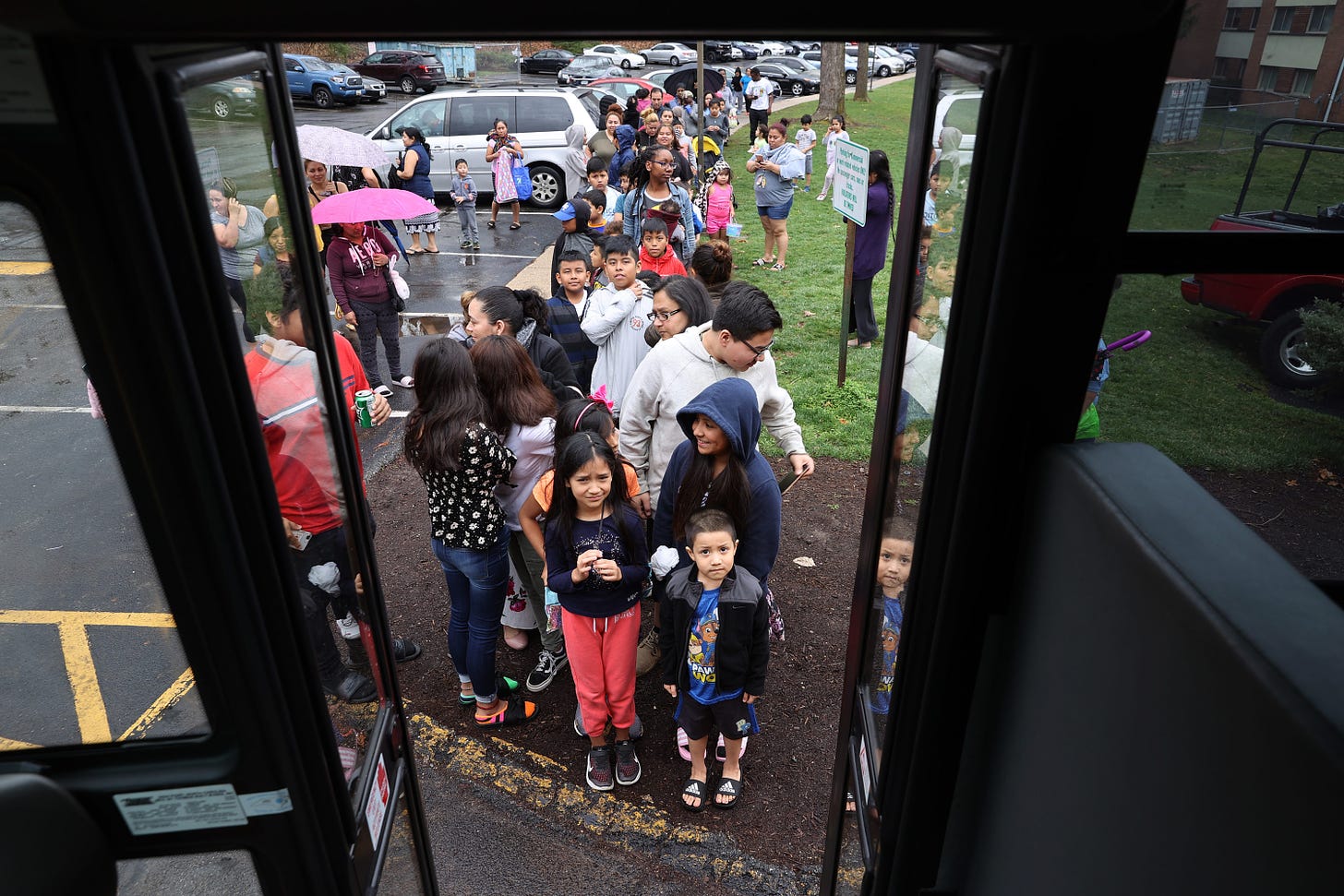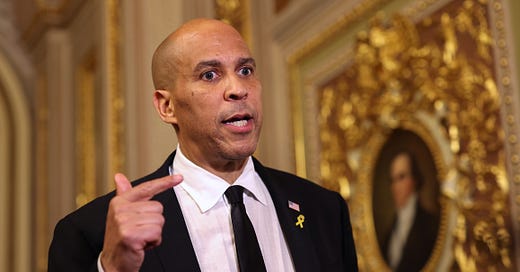How COVID-19 Doubles Down on Poor Kids
For children who lost caregivers, the long-term costs will be high.

Vaccines and the prospect of effective, easy-to-administer therapeutics are gradually moving us out of the crisis phase of the COVID-19 pandemic. Infection rates have fallen dramatically, and hospitalizations and deaths are on their way down as well. With luck, we’ve seen the worst of a tragic two years.
As historians will tell you, however, there are rarely bright, clear lines marking the endings of pandemics; instead, the consequences ripple outward for years and decades as the full cost of a disease makes itself known in health and social outcomes. This may turn out to be especially true when it comes to the impact of the COVID-19 pandemic on kids.
A new study in the Journal of Pediatrics confirms the COVID-19 death toll among parents and grandparents, especially among minority and low-income populations, has been high. Using American Community Survey data, the authors estimate that over 120,000 children in the United States lost a primary caregiver, mainly parents and grandparents. An additional 22,000 lost a secondary caregiver, also typically a family member, who provided housing or other part-time care. Three-quarters of all the caregiver deaths occurred among minority children who are already more likely to be at elevated risk for negative outcomes on a wide variety of social, economic, and educational measures. As the study’s authors—from the CDC, Imperial College London, Harvard, and elsewhere—acknowledge, their figures likely underestimate the actual number of caregiver deaths.
The differences in rates of caregiver deaths are stark. For white children, 1 in 753 experienced the death of a parent or grandparent. The comparable figure for Native American children was 1 in 168. Black children were 2.4 times more likely to lose a parent or caregiver than white children and Hispanic children 1.8 times as likely. The Dakotas, New Hampshire, and the District of Columbia showed the widest disparities between white and minority caregiver deaths. Along the Southern border, Hispanic families bore the brunt of these deaths while in the Southeast it was black families. The evidence is mixed but, on balance, suggests caregiver deaths were more common in areas that failed to pursue aggressive mitigation policies (e.g., mandatory social distancing, masking, and business and school closures).
So, what can these suddenly orphaned children expect? Loss of a primary caregiver is a severe “adverse childhood experience” (ACE). Typically, low-income and minority children are at elevated risk of other ACEs (e.g., abuse, neglect, poverty, racism) and the higher a child’s ACE score the more likely the child is to experience long-term negative social outcomes. As the Journal of Pediatrics study points out, the death of a parent is associated with higher levels of mental illness, school dropout, risky sexual behaviors, suicide, violence, and sexual abuse for their children. Children living in grandparent-headed households often have preexisting ACEs such as parental incarceration, divorce, parental substance abuse, and domestic violence. Loss of a grandparent in such a case thus not only deprives the child of a caregiver but aggravates and deepens the pre-existing traumas.
An already overtaxed and dysfunctional child welfare system is unlikely to be of great help in cushioning these losses. To the extent that today’s COVID-19 orphans experience these negative outcomes, they will be at higher risk of inflicting ACEs on their own children in the future. Whether these ACEs-driven deficits are pre-existing or the product a COVID-19 loss, they are one of the main factors that create and sustain entrenched, intergenerational trauma and poverty.
It is important to acknowledge that the long-term negative social impacts of COVID-19 were not completely avoidable. People were going to get sick, some of them were going to die, and some of those deaths were going to be caregivers of children. It is also true that it would require another study to weigh the relative negative impacts of the lockdowns and closures compared to the long-term costs of caregiver deaths. Perhaps, in some grim calculus, absorbing this level of illness and death was the “best” option available despite the short- and long-term costs to these kids. Different people will have different instincts about the question, and sorting it out is likely to take years and even then remain contested.
For me, the finality of caregiver death, and its known impacts on vulnerable children, weighs decisively in preferring we had done more with social distancing and closures to slow the spread of the disease. COVID was going to be political no matter what—any public health matter at this scale would inevitably, unavoidably, and in a democracy rightly be political in some ways. But with real effort and across-the-aisle outreach, it could have been less partisan, and some of the disparate impact on our most vulnerable populations could have been avoided. Alas, we lacked the foresight, patience, and mutual sympathy the pandemic might have elicited. As a result, at least 142,000 children—many of whom were already facing significant disadvantages, and many of whom could have been spared the loss of people who cared for them—will bear the cost of that failure for the rest of their lives, just as we must bear the responsibility for the rest of ours.










